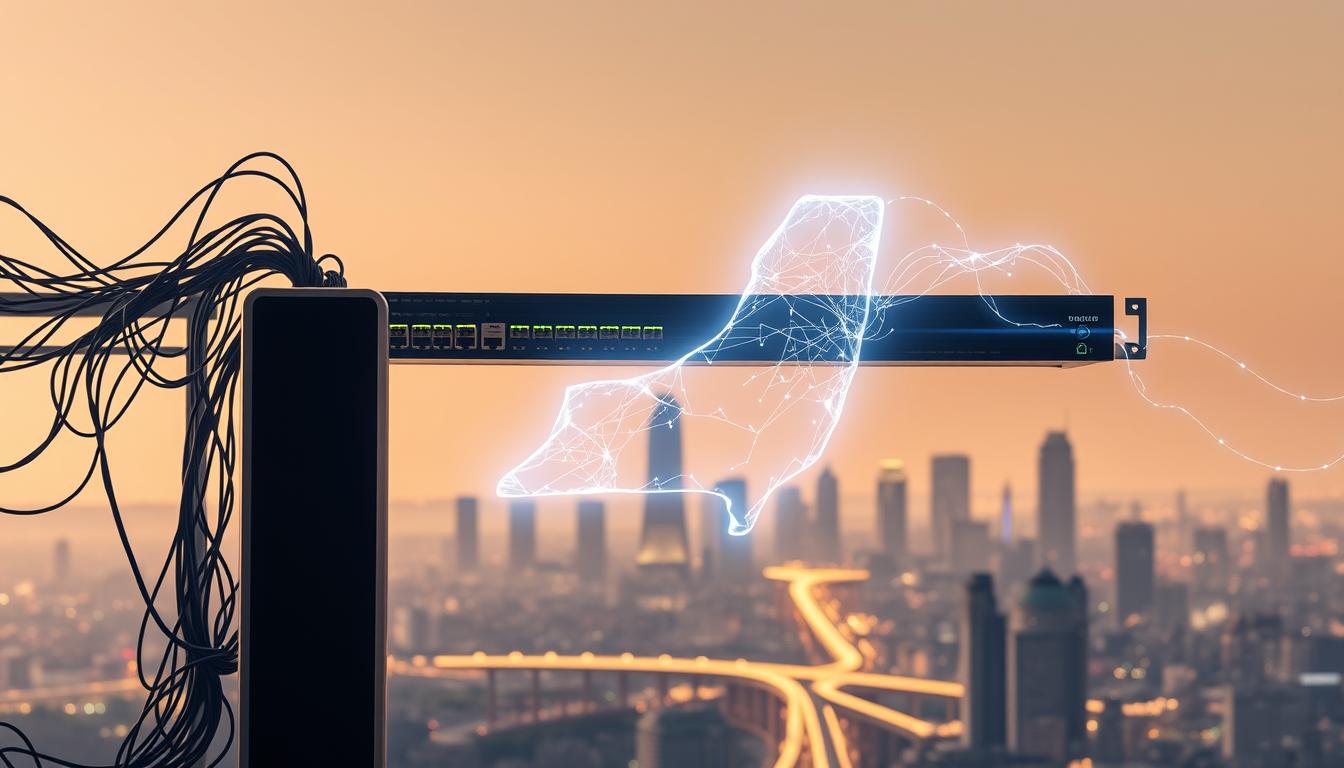Posts by Jerry Sheehan
Erie PA to Buffalo: Cross-Site Backups Over SD-WAN the Right Way.
40% of unplanned outages last for hours if data is in one place. This is a big risk for teams in Erie and Buffalo. But, smart SD-WAN backups and a strong virtual private network can prevent this. This guide will show you how to create fast, secure, and reliable backups between Erie and Buffalo. We…
Read MoreK-12 Winter Cyber Playbook: CIS IG1 for Districts from Batavia to West Seneca.
Last winter, U.S. schools faced cyber incidents every 2.9 days, the K12 Security Information eXchange reported. In Western New York, a snow day can quickly overwhelm home Wi-Fi with thousands of logins. This K-12 Winter Cyber Playbook offers a solution, based on CIS Critical Security Controls IG1. This guide is designed for Buffalo, Batavia, and…
Read MoreMSP Red Flags We Keep Seeing in WNY RFPs.
Did you know that some procurement structures can increase costs by up to 18 percent? In Western New York, we see similar issues in IT support bids. Schools, nonprofits, and manufacturers need a reliable partner for their daily needs. In 2011, a House hearing shed light on how rules can distort competition. This insight is…
Read MoreSOC 2 on Main Street: Prep Steps for SaaS Shops in WNY.
More than half of mid-market buyers now ask for a SOC 2 before they even book a demo. For SaaS teams in Buffalo–Niagara, trust is not just a promise it’s proof. This article is your guide to SOC 2 readiness and audits in Buffalo, made for real product teams with real deadlines. Western New York’s buyers…
Read MoreIT Support for Healthcare Practices in Buffalo: HIPAA, EHR, and Beyond.
One in four healthcare data breaches happens because of stolen credentials, the Office for Civil Rights says. This can shut down clinics for days. In Western New York, the risk is high because of the fast pace of healthcare. Healthcare providers in Buffalo have big challenges. They deal with busy clinics, referrals, and connections to…
Read MoreWinterized Helpdesk: SLAs, Spares, and Remote Kits for Lake-Effect Weeks.
During the November 2022 blizzard, Erie County saw snowfalls over 80 inches in just four days. Roads disappeared, and power flickered. This led to a huge increase in tickets while trucks were stuck. When the weather gets bad, Buffalo businesses need reliable helpdesk support. This article will show how to handle winter weather. We’ll talk…
Read MoreRochester Snow Days: Teams/Zoom QoS + LTE/5G Failover Recipes.
Monroe County can get over a foot of snow in just 24 hours from a single storm. But Microsoft Teams and Zoom don’t worry about the weather. They focus on keeping calls clear by avoiding latency, jitter, and loss. When it snows, streets freeze, and offices close. Home routers also struggle. This is why it’s…
Read MoreCheap DR That Works: S3-Compatible + Immutable for WNY.
Last year, the FBI saw thousands of ransomware attacks. The costs to recover were often more than the damage. For Western New York SMBs, this is a big problem. The solution is simple: use Cheap DR, S3-compatible storage, and immutable storage to protect data and keep costs steady. This approach ensures quick, clean restores and…
Read MoreAmherst Office Networks: Fiber + 5G Blended for Near-Zero Downtime.
Here’s a wake-up call: outages cost $12,900 per minute on average. For big companies, it’s up to $23,750. Even the smallest outage can cost over $100,000. For Amherst office networks, this means a small problem can quickly become a big budget issue. Fiber + 5G blended connectivity is becoming popular. It combines fast fiber with…
Read MoreBuffalo MDR vs. MSSP: What Actually Catches Real Attacks.
Ransomware attacks have tripled in the last three years. The average cost of an incident is now $1.85 million. This is a huge financial hit for many businesses, often wiping out a year’s payroll in just one weekend. This is why it’s important to compare Buffalo MDR and MSSP for SMB security. A fresh look…
Read More









